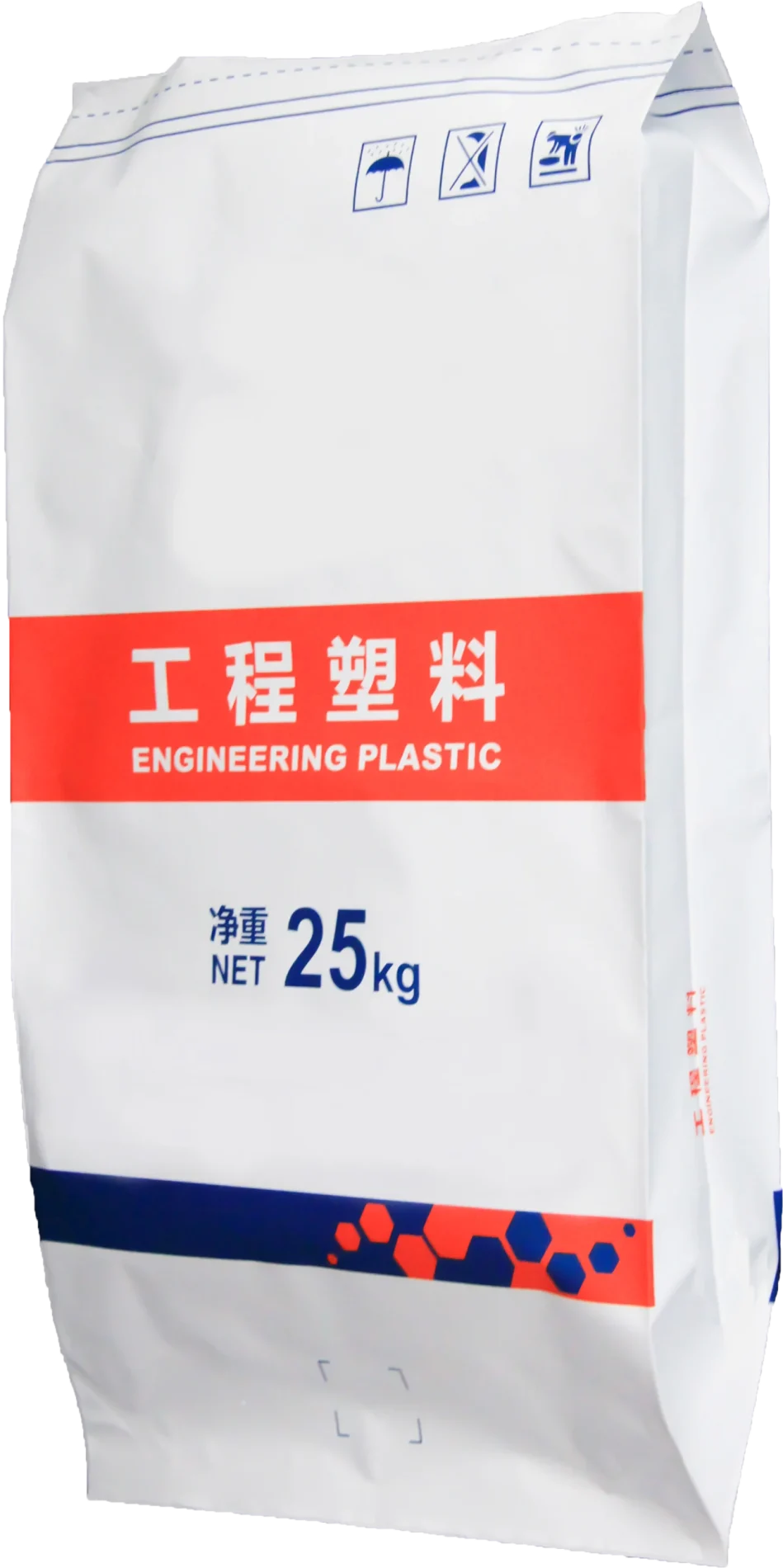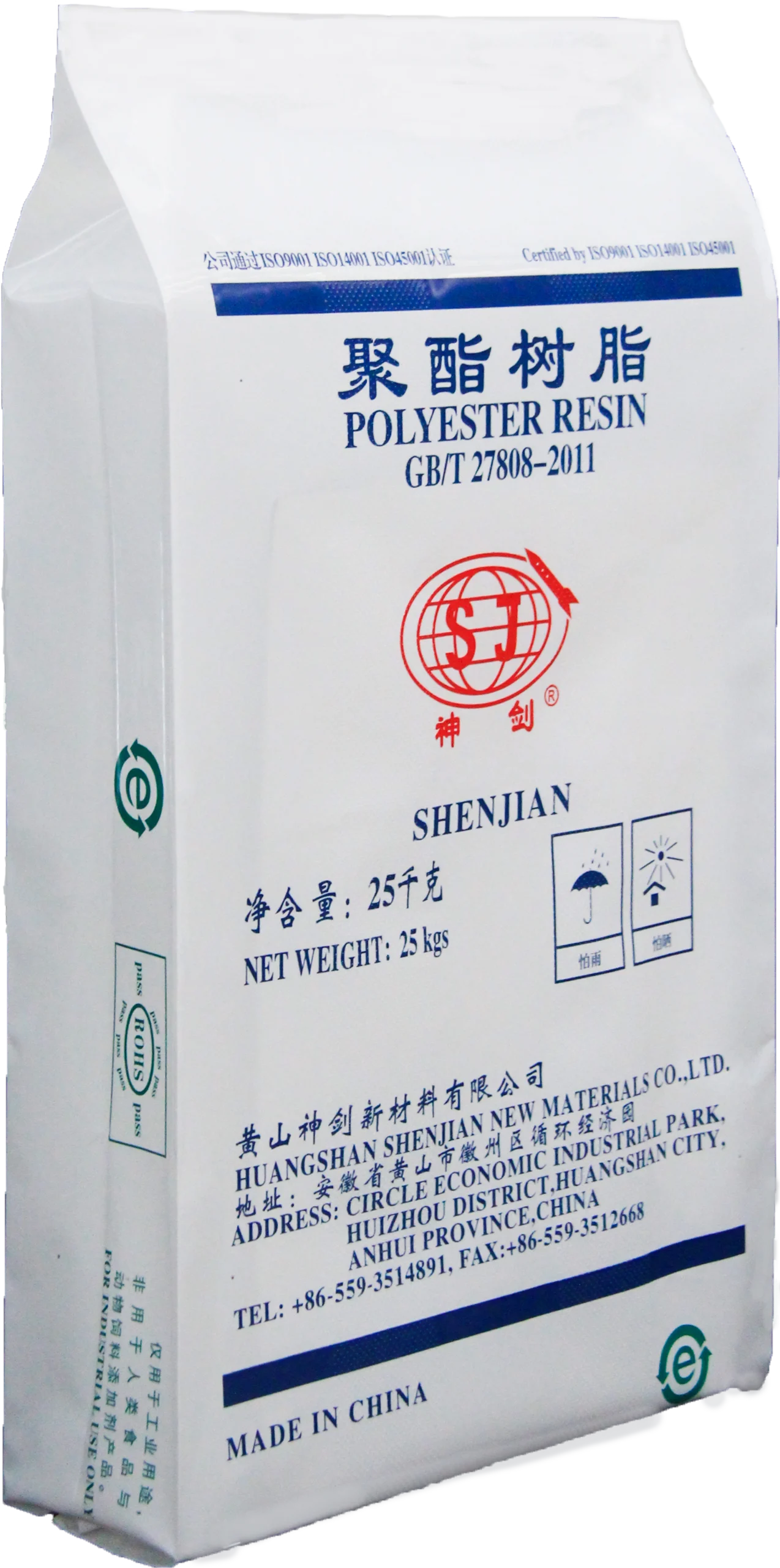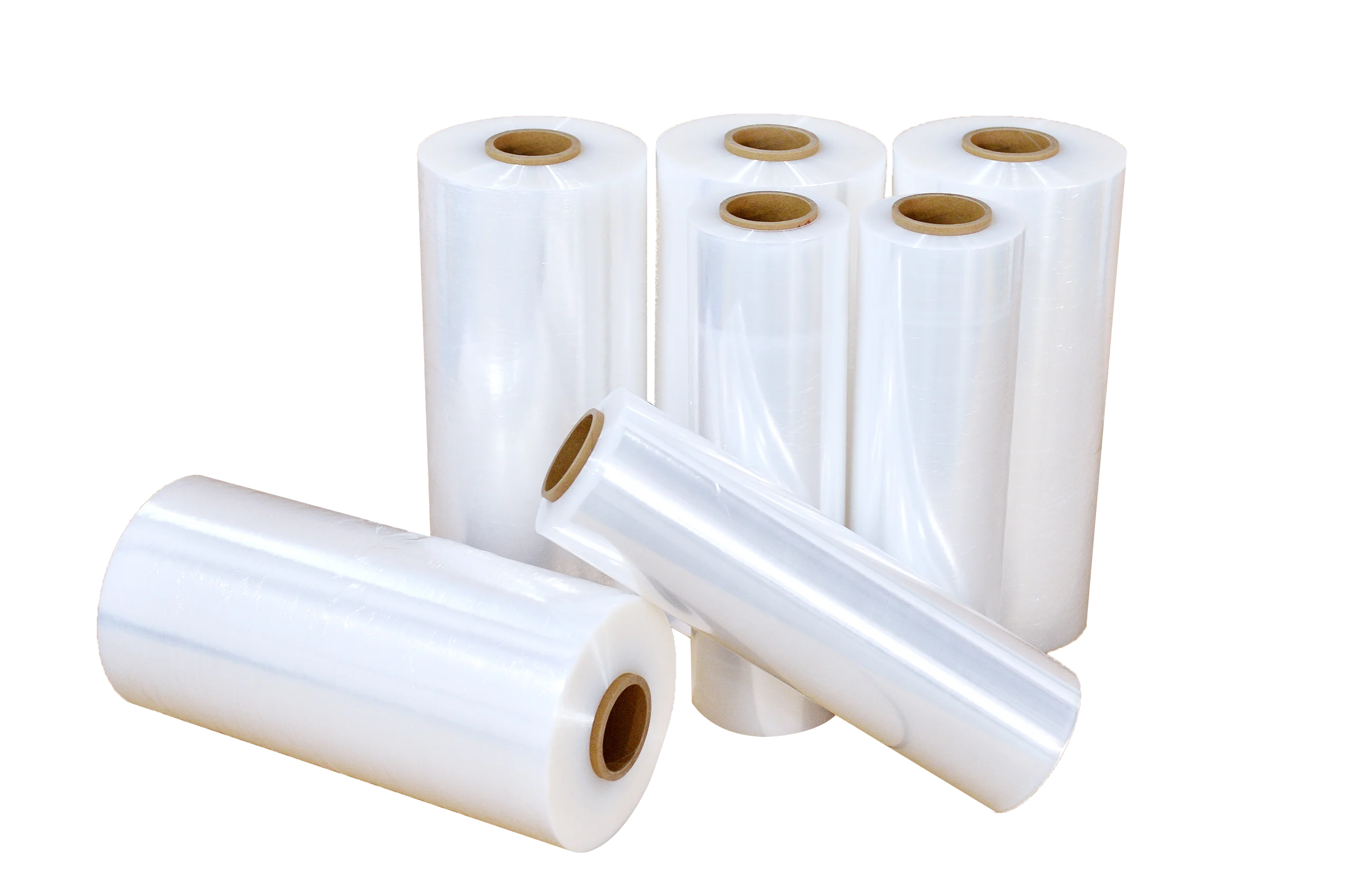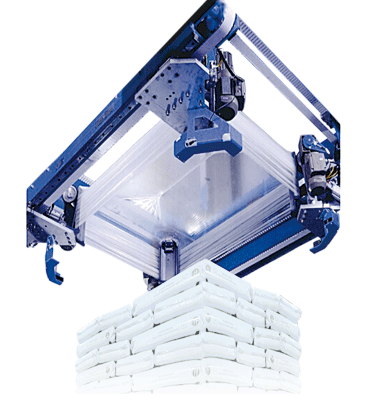

2024-11-14
In recent years, sustainable packaging has become a critical focus for companies looking to reduce their environmental footprint. Among the various eco-friendly options, biodegradable and recyclable are two of the most widely discussed choices. While both aim to minimize environmental impact, they have distinct characteristics, benefits, and challenges. Understanding the key differences between these two types of packaging can help businesses make ideal decisions.
What is Biodegradable Packaging?
Biodegradable packaging refers to packaging materials that are capable of breaking down naturally over time through the action of microorganisms like bacteria and fungi. These materials are gradually decomposition into natural elements like water, carbon dioxide, and organic matter when exposed to air. Actually, common biodegradable materials include: – Plant-based plastics, Starch-based polymers, Cellulose, and Chitosan. These materials are always used for single-use packaging applications, such as food bags.
These materials are often used for single-use packaging applications, such as food containers, bags, and product packaging.
Environmental Impact of Biodegradable Packaging
Biodegradable packaging offers a promising solution to reduce plastic waste in landfills, as it breaks down more quickly than traditional plastic. Actually, if these materials decompose, they help lower the overall amount of waste sitting in landfills for decades or even centuries. Furthermore, this way can reduce the methane emissions from landfills.
However, biodegradable also has limitations. For example, many biodegradable materials only break down when up to temperature and humidity levels. How to deal with these green materials is also a question.
What is Recyclable Packaging?
Recyclable packaging, on the other hand, is designed to be processed and repurposed into new products through mechanical or chemical recycling processes. The goal is to extend the life cycle of the material by turning waste into raw material for new products, thereby reducing the need for virgin materials. Common recyclable packaging materials include: glass, aluminum, cardboard, paper, and PET. Recyclable packaging is used in a broad range of applications, from beverage bottles to food packaging and e-commerce shipping materials.
Environmental Impact of Recyclable Packaging
Recycling reduces the need for virgin raw materials, thereby conserving natural resources and minimizing energy consumption. Businesses can divert materials from landfills, reducing the overall waste burden on the environment. Lower carbon emissions: The energy required to recycle materials is typically lower than producing new products from raw materials, which results in reduced carbon emissions.
However, the recycling procedure itself is not without difficulties. Recyclable packaging may become unrecyclable due to contamination. Infrastructure may mean that certain places lack sufficient facilities for processing recyclable packaging.

Distinguish: Biodegradable vs. Recyclable Packaging
Biodegradable plastic breaks down into natural substances, returning to the environment, while recyclable packaging is collected and repurposed into new products. The focus of biodegradable plastic packaging is on environmental return, while recyclable packaging aims at reducing the consumption of new resources through repurposing.
Biodegradable materials often require specific conditions to decompose properly, such as a controlled composting environment. In contrast, recyclable materials depend on a well-established recycling system, and contamination can make them unsuitable for recycling.
They accomplish resource conservation in different ways. However, biodegradable packaging can reduce the dependence on fossil fuels and synthetic chemicals. Recyclable packaging saves energy and raw materials by reusing, but it often needs an efficient and effective way to achieve this goal. When recycling processes are well-managed, they can drastically cut down the need for new materials, especially in industries where items like glass, metals, and certain plastics can be recycled multiple times.
Stretch films sold by most manufacturers on the market are non-degradable. So if you can make the stretch film biodegradable, it will improve the environment. Biodegradable stretch film has played a positive role in improving the environment. Because it can meet people’s normal needs without polluting the land and air, it has become a major trend in the development of stretch film.
In Summary
Businesses must carefully weigh their options for the kind of product, environmental effect, and waste management methods. Biodegradable packaging offers an alternative to traditional plastics but requires specific conditions for proper breakdown. Recyclable packaging is more widely accepted and can be processed into new products, reducing the need for virgin materials.
By knowing the subtle differences between the two solutions, businesses may minimize their overall environmental impact, cut waste, and promote a circular economy. For additional details on how your company can use more eco-friendly packaging solutions, please get in touch with us right now.
More News

2025-12-04

2025-11-28

2025-11-28

2025-11-21

2025-11-21
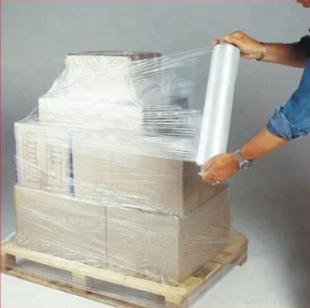
2025-11-17

2025-11-08
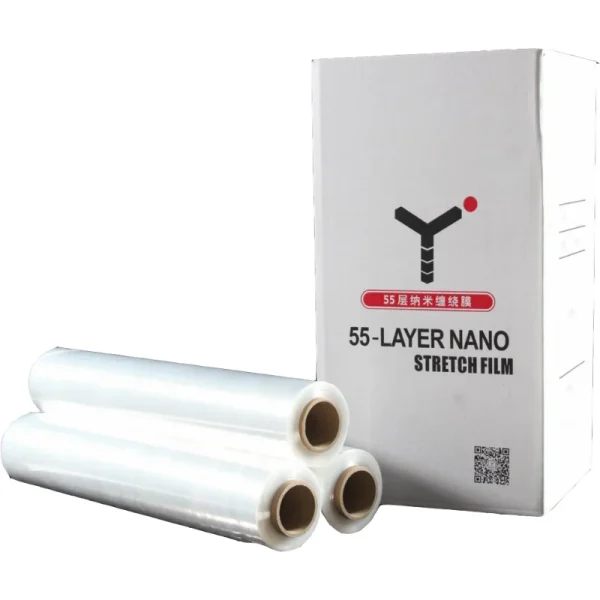
2025-11-07
